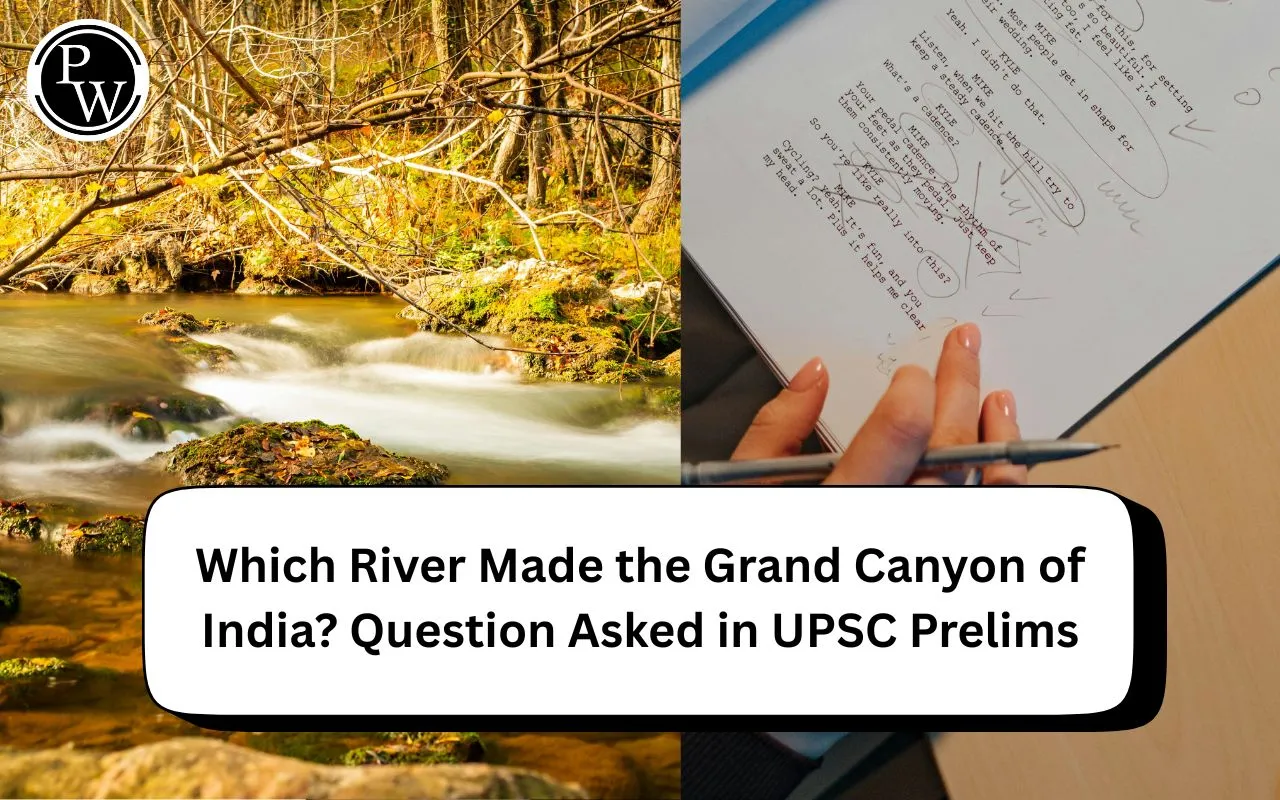

The Gandikota canyon of South India was carved by the Pennar River. Over millions of years, the swift-flowing waters of the Pennar cut through the hard granite rocks of the Erramala Hills near the village of Gandikota in Andhra Pradesh, creating a deep and narrow gorge. This natural erosion process exposed striking layers of rock, forming what is famously known as the "Grand Canyon of India."
The gorge is about 300 feet deep with cliffs and is surrounded by ancient forts and temples, adding historical significance to its natural beauty. The Pennar River originates in the Nandi Hills of Karnataka and flows through Andhra Pradesh before emptying into the Bay of Bengal.
How Did the Gandikota Gorge Form?
The village of Gandikota is nestled on the right bank of the Pennar River in the Kadapa district of Andhra Pradesh. Over time, the swift waters of the Pennar carved a narrow, deep gorge through the pink granite of the Erramala Hills. The result is a valley bounded by cliff faces and eroded rock formations—much like the famous Grand Canyon in the United States—but uniquely Indian in its geology and history.
Unlike wider valleys, a gorge is typically narrower and more dramatic, cut by the erosive force of water over very hard rock. In Gandikota’s case, the Pennar’s relentless flow wore down the granite and sandstone layers over centuries, baring the region’s striking geological secrets to the sky.
Unique Features of Gandikota and Pennar River
-
The Pennar River starts from the Nandi Hills in Karnataka and journeys through Andhra Pradesh before reaching the Bay of Bengal.
-
At Gandikota, the river curves, tumbles, and slips between vertical granite walls, making the view from the garrison-era fort truly breathtaking.
-
The spot is also known for its ancient forts, temples, and caves, adding archaeological charm to its natural grandeur.
Why Is This Relevant for UPSC Aspirants?
Gandikota’s story is a perfect example of how rivers shape the Indian subcontinent’s landforms. Such questions help test understanding of geomorphology, river action, and physical geography in competitive exams. It’s also a reminder that India’s rivers are not just water bodies, but powerful sculptors of history, culture, and natural beauty.
Question Appeared in UPSC
Question:
Gandikota canyon of South India was created by which one of the following rivers?
(a) Cauvery
(b) Manjira
(c) Pennar
(d) Tungabhadra
Answer: (c) Pennar
Sub-Theme: Physical features of India
Explanation: The gorge of Gandikota is situated on the Pennar River in Andhra Pradesh and is known as the Grand Canyon of India. The Pennar carved through the granite rocks near Gandikota, forming a spectacular valley over millions of years.
